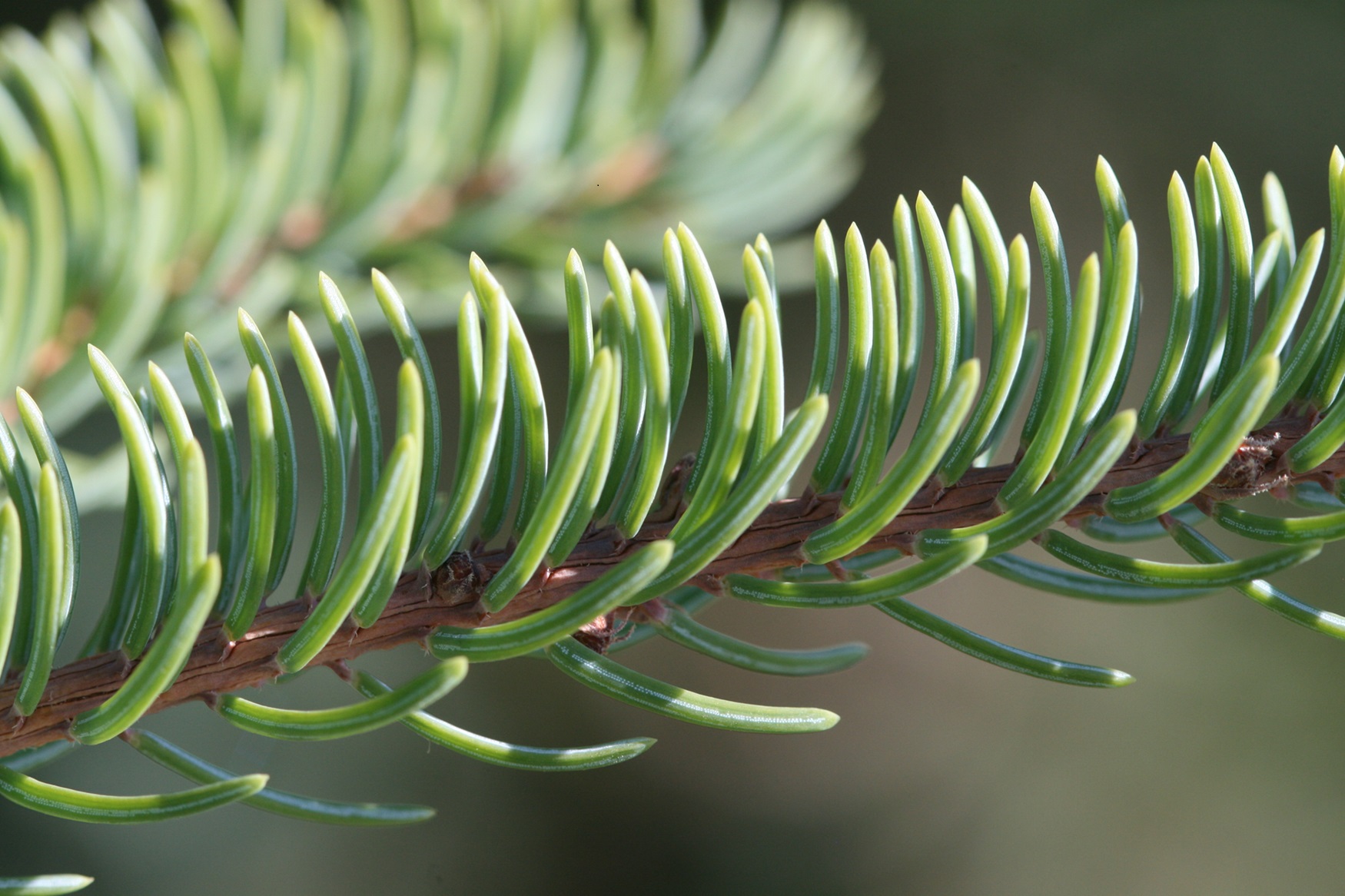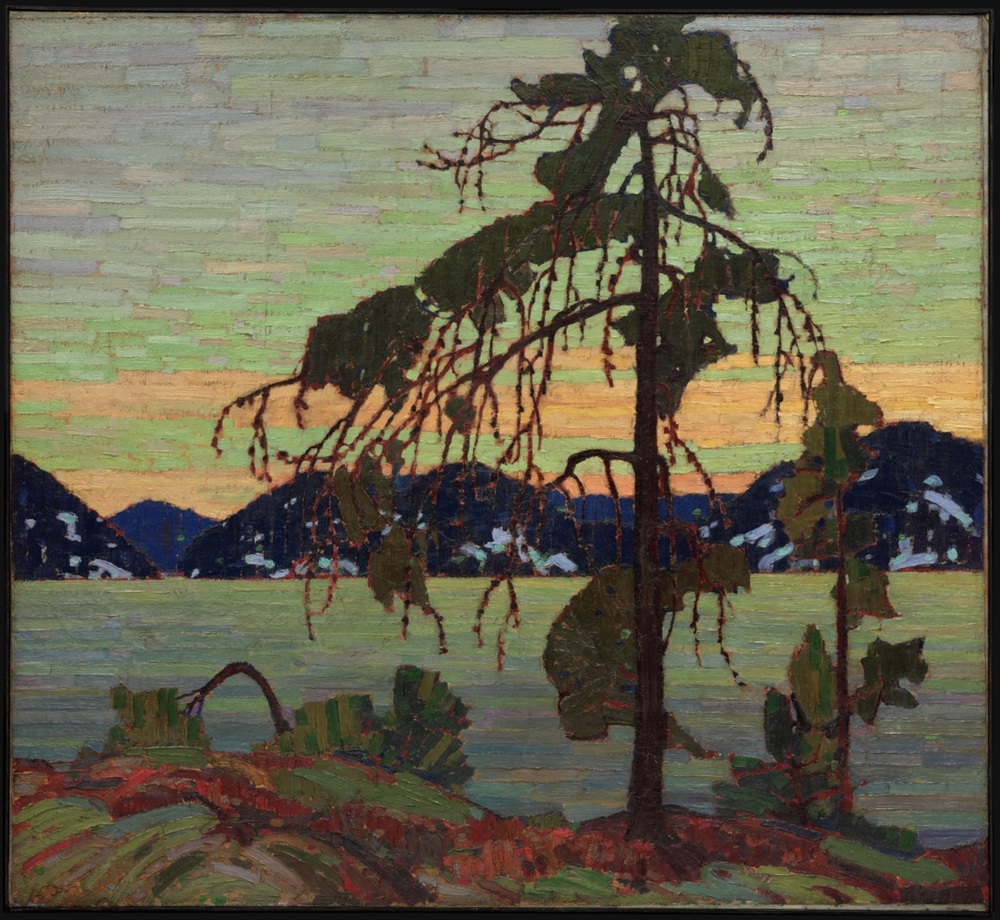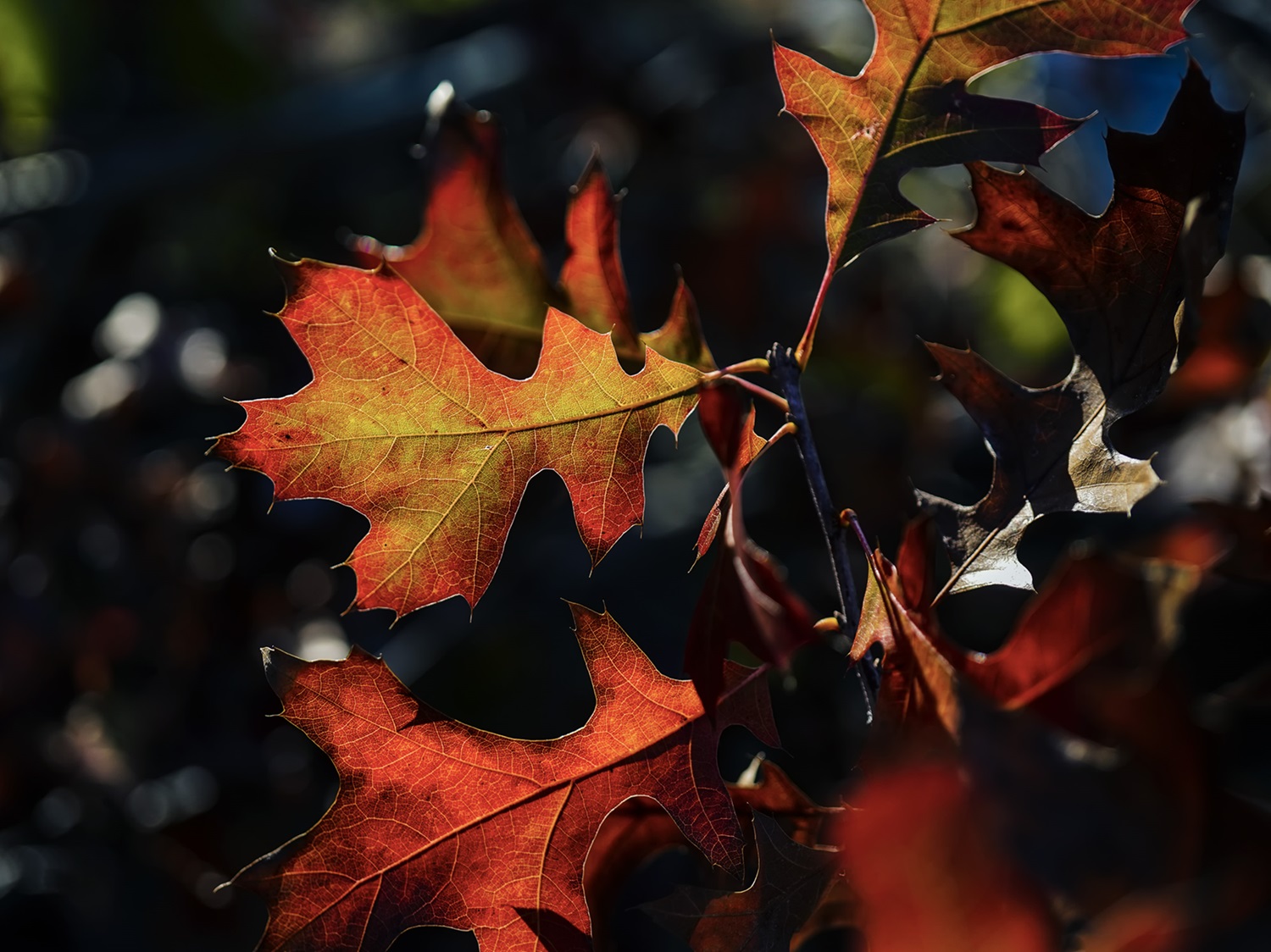Definition
Trees are single-stemmed, perennial, woody plants taller than 3 m and exceeding 8 cm in diameter at breast height; shrubs are multistemmed and smaller. These definitions are somewhat arbitrary, since many species (eg, willow, alder, cherry, maple) can grow as trees or shrubs, depending on the environment. Counting the 30-odd shrubs that assume tree form under favourable conditions, there are about 140 native Canadian trees.The largest and oldest grow in the Pacific temperate rain forest. Douglas fir is an imposing example and, although it does not reach the size of redwoods or the age of bristlecone pines, specimens 90 m tall, 5 m in basal diameter and older than 1000 years have been reported. Canada's tallest reported tree (95 m) is a Stika spruce, the "Carmanah Giant" in the Carmanah Valley on the west coast of Vancouver Island. Canada's tallest Douglas fir, 94.3 m in height and 8.07 m in circumference, stands near Coquitlam, BC.
Values
People have always been impressed by trees, by their massiveness and majesty, by the sound of wind in their branches, and by their visual beauty. Legend and folklore suggest attitudes of awe and reverence: yews, symbols of eternity; birches, holy trees; larches, guardians against enchantment. The Greeks gave trees spirits (dryads), attributing religious significance to them, as did the druids, who conferred on forest groves and oak woods a sacred, precommercial value now, unfortunately, lost.
Today, trees are valued for their products: pulpwood, sawtimber, poles, plywood, particle board, paper, cork, rubber, gums, tannin, pharmaceuticals, fruits, nuts and syrups. Indirect benefits include soil stabilization and prevention of erosion, windbreaks, sound barriers and air purification.
Evolution
Apart from a few large, single-stemmed ferns, trees are classified as gymnosperms and angiosperms. Gymnosperms (conifers), with scalelike or needlelike leaves, appear first in the fossil record (Carboniferous period, 353-300 million years ago) and, by early Mesozoic times (Triassic, 250-205.7 million years ago), dominated Earth's vegetation. Later in the Mesozoic, during the Cretaceous period (144.2-65 million years ago), broadleaf angiosperms evolved to become the more important group, perhaps profiting from their close relationships with insect pollinators and with larger animals which spread their fruits. Angiosperms also developed the ability to reproduce vegetatively by sprouting, an advantage which is shared by few conifers.
Types
Conifers tend to concentrate growth in a central trunk from which many small branches are offset, producing a conical crown. They are usually evergreen, an adaptation fitting them for difficult environments by allowing internal recycling of nutrients from old to new foliage. Broadleaf trees tend to have rounded crowns because side branches grow just as well as main stems, which may fork repeatedly. They are typically deciduous, and grow on more fertile soils and in more moderate climates. There are numerous exceptions: some conifers (eg, larches, CYPRESSES, dawn redwood) are deciduous; some pines have relatively hard wood; some broadleaf trees (eg, POPLARS) have soft wood; others are evergreen, especially in subtropical and tropical climates. The only native Canadian broadleaf evergreen is the red-barked arbutus of southwestern BC.
When did the Apple tree arrive in Canada and why do some trees in B.C live over a thousand years? A quick peek into some of the history kept by our land’s oldest living knowledge keepers — trees.
Note: The Secret Life of Canada is hosted and written by Falen Johnson and Leah Simone Bowen and is a CBC original podcast independent of The Canadian Encyclopedia.
Anatomical Features
Roots
Tree roots perform both anchoring and absorbing functions. Like the tops, they are distinctive according to species and environment. They may penetrate deeply (taproots of PINE) or spread horizontally just below the surface
(platelike system of spruce). Buttress roots, thickened vertically, characterize wet sites, particularly in the tropics, although they are sometimes seen on elm. Adventitious roots, sprouting
from the lower trunk (as on spruce and poplar), are a response to burial by accumulations of peat, silt on river floodplains, or windblown sand.
Growth Ring
In climates that vary seasonally, the "growth ring" is a characteristic anatomical feature of trees. Regenerative, meristematic cells (cambium and cork cambium) sheathe the living trunk, branches and roots just under the bark, annually forming layers
of phloem and corky cells to the outside (bark) and xylem cells to the inside (wood). Both bark and wood thicken with age. Products of photosynthesis and various other biochemicals are transported by phloem; water is transported chiefly by active xylem
in sapwood surrounding older, darker, nonfunctional heartwood.
The water-conducting efficiency of xylem cells is a function of their size, controlled by growth regulators released from the tree's growing tips. When shoot growth begins in spring, cambium produces large-diameter cells. Later, in summer, as growth slows and stops, wood-cell diameters decrease. Therefore, a cross-section of trunk, root or branch shows concentric "growth rings" outlined by the contrast between the small, dense, latewood cells of one year and larger, lighter earlywood cells of the next. An uncritical count of a tree's growth rings may overestimate its true age, since extra flushes of growth in a year can be triggered by weather changes or defoliation, forming false annual rings.
Ring size reflects growing conditions. Where precipitation is the limiting factor, sensitive trees record wet and dry years in wide and narrow rings. Where heat is limiting, ring sizes mirror sequences of warm and cold summers.
Distribution
Trees were eliminated by ice-age glaciers which covered most of Canada. Deglaciation began about 18 000 years ago, allowing the migration of plants to newly exposed soils. Species with small, winged seeds travelled
fastest and farthest, and the boreal zone was filled by spruce, pine, larch, fir, poplar and birch. Trees that migrated more slowly or were less stress tolerant came later, and they now characterize more favourable environments:
southern BC, with numerous conifers; and southern Ontario, with an even greater variety of broadleaf deciduous trees.
Altitudinal and latitudinal distributions are in part related to wood anatomy: small-diameter xylem cells of boreal species (spruce, fir, aspen, alder, willow, birch) are less prone to freezing damage than larger cells of "ring porous" southern hardwoods (oak, hickory, walnut).
Each wide-ranging tree species includes locally adapted varieties. Although they seem similar, white spruces from the territories, Newfoundland and southern Manitoba are genetically different and respond differently when planted together. Successful planting is best accomplished, therefore, by using seed from trees native to the area. This variation within species means that the preservation of native trees, as well as that of other plants and animals, in all their genetic diversity, requires the protection of many large, widely distributed, natural areas as ecological preserves.

 Share on Facebook
Share on Facebook Share on X
Share on X Share by Email
Share by Email Share on Google Classroom
Share on Google Classroom




